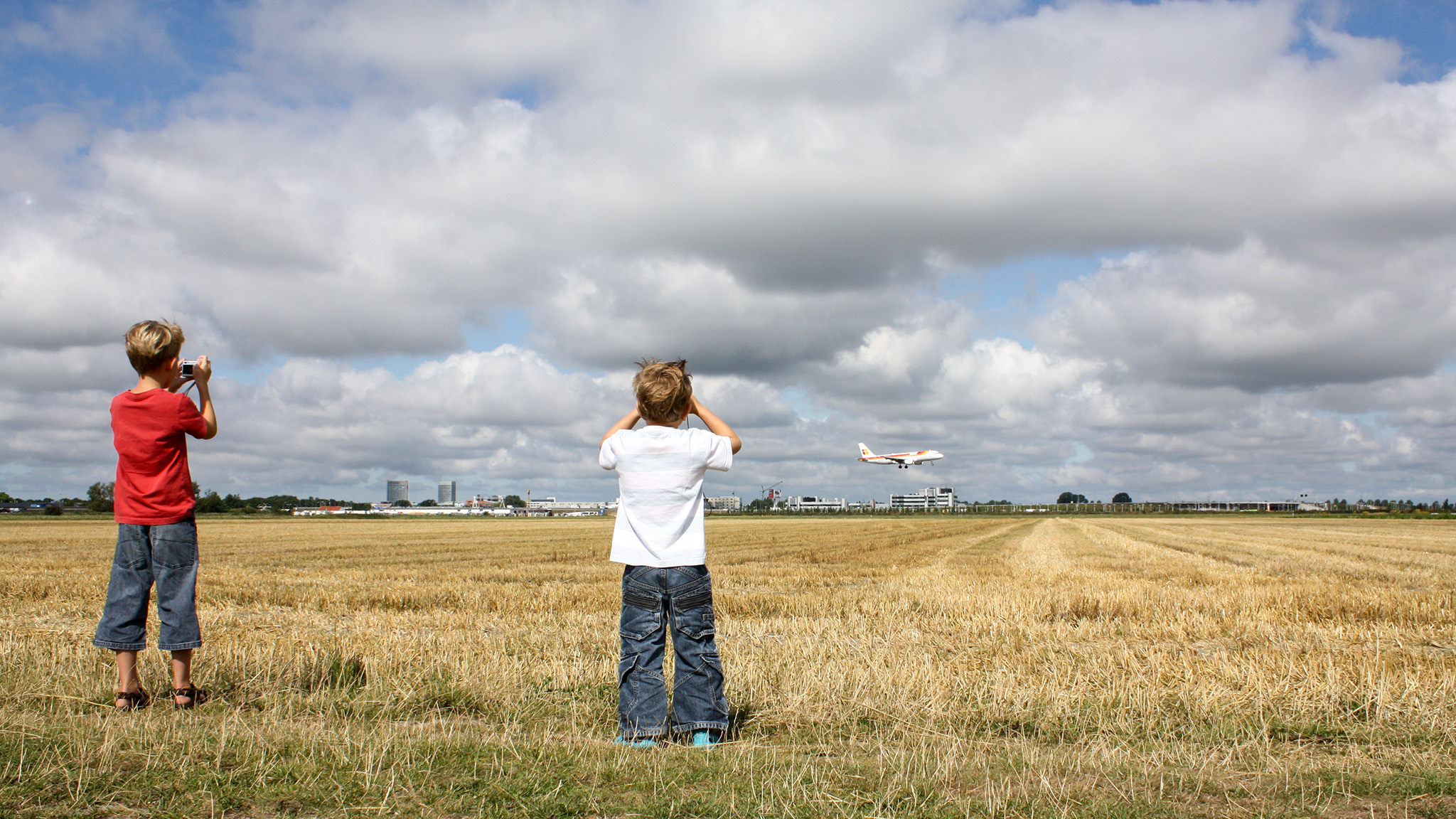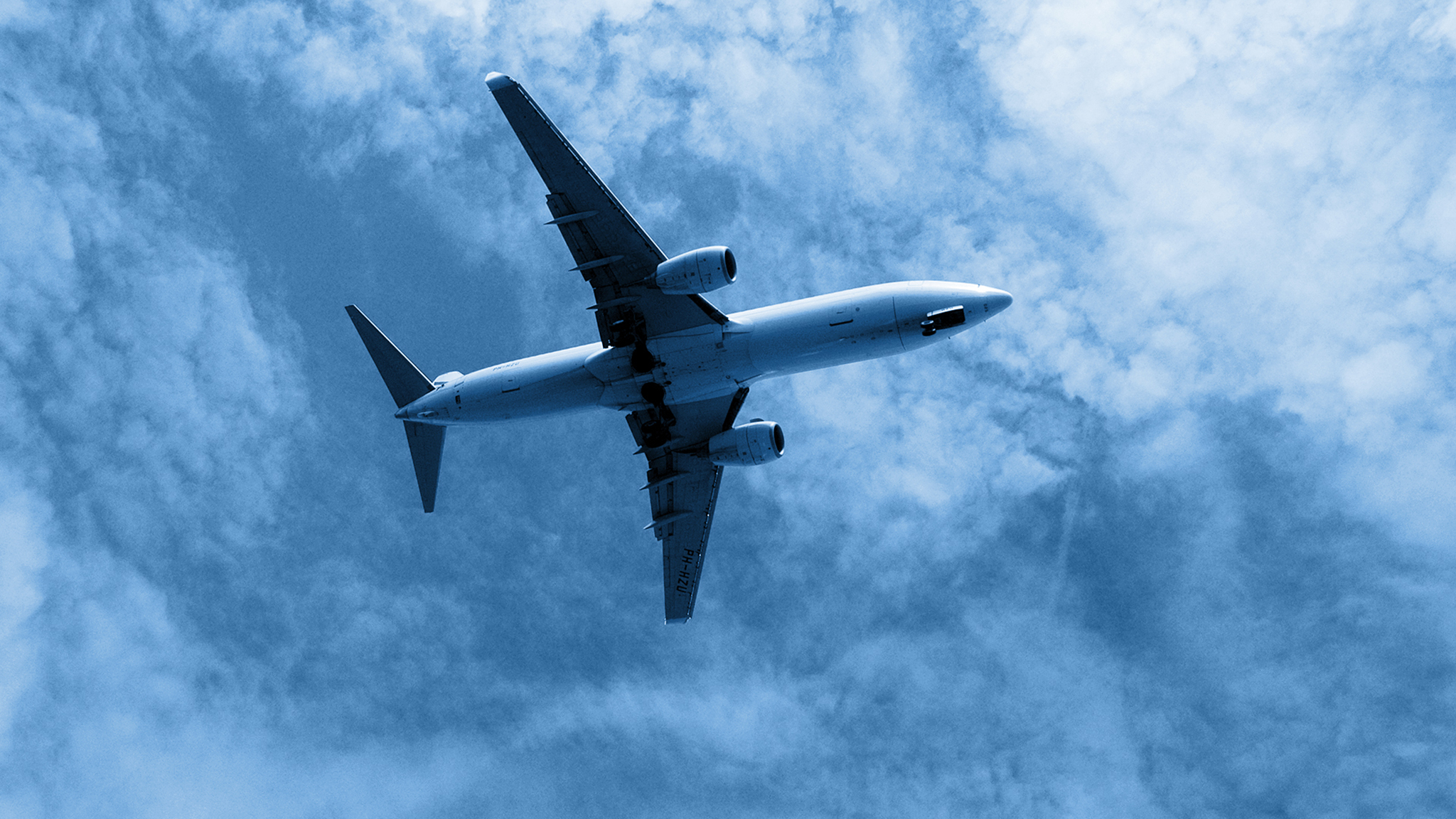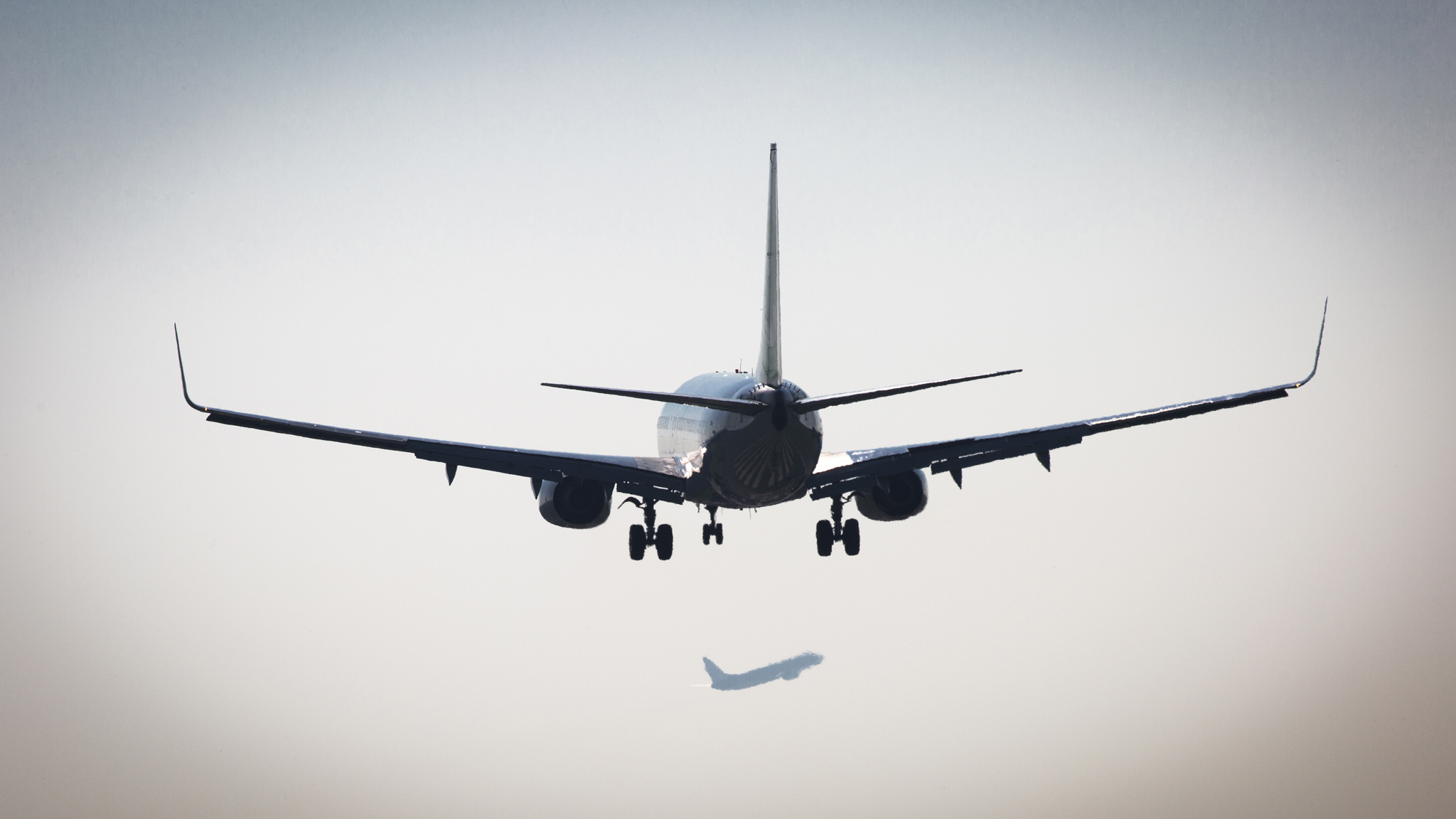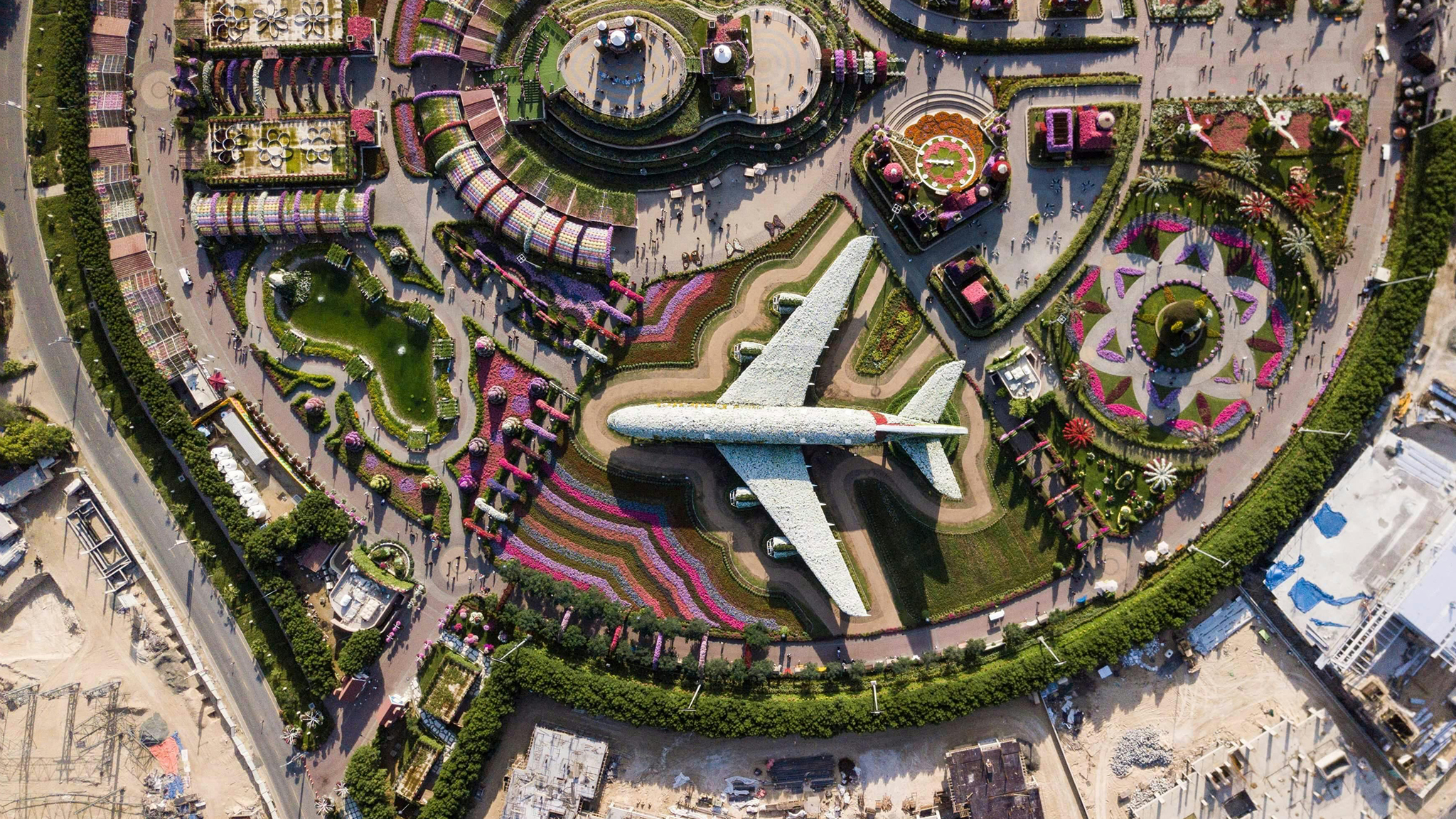Living through a pandemic has left the industry of nowadays with concerns that it has never had before. This is partly due to the possibility of local communities objecting to the restart of operations. On a regular basis, local communities around airports tend to file complaints about noise exposure or air quality. However, during the lock-down people got used to a special situation with less exposure of noise, emissions, and tourism. Even though this meant that the number of complaints went down, it was not proportionate to the decrease in operations.
“While traffic dropped by 80%, the decline in complaints was not that significant”
Moreover, some of these complaints originated from people that never complained before, and they are also likely to keep increasing while operations restart.
As said before, most complaints originate from noise nuisance. Aircraft noise exposure can be especially bothering when airplanes are flying at the edge of the night or during the night. It is thus foreseeable that after three months of reduced noise exposure, people’s perception of aviation noise is more sensitive. What we also see is that people work more from home than from the office.
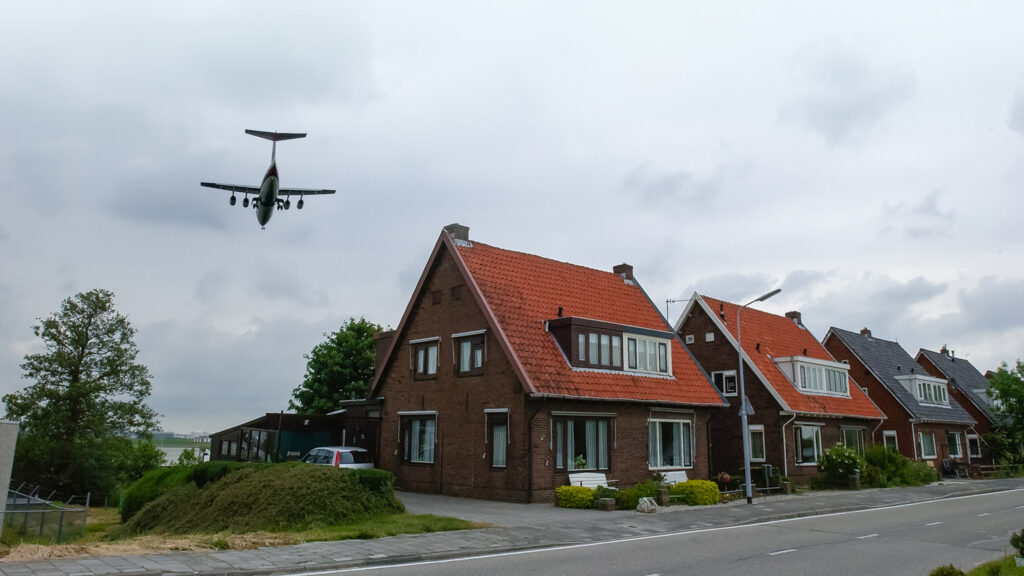
Therefore, noise complaints may come from another group of people during daytime. Further, fewer flights also meant less emissions and therefore cleaner air – yet another reason for communities to object to reopening the skies. On top of these concerns we have to add up the fear from communities to open up the borders again, letting tourists bring the virus back to the country.
“It is therefore essential that, when reopening airports, we address these issues and take action”
This implies not only to ease the worries of the public with regards to the virus, but also to keep on working on the optimisation of the aviation industry to become sustainable and minimise the negative exposure to noise and emissions.
The recovery of aviation during and after COVID-19 will be challenging. The playing field of the industry has changed, showing the need for a delicate approach. Of course, transparent information sharing is part of the solution, but as pointed out by prof. Paul Hooper in the ANIMA COVID-19 Webinar last week, the aviation industry needs to engage with communities, show interest, and listen to them. It is important to stablish a frequent, meaningful and comprehensible dialogue by being an active listener, sharing understandable information for everyone, making technical aspects clear to the public, and being transparent. The current situation with low traffic may give opportunities to new solutions. And if these solutions are temporary, explain why and how they can be done now, and not when capacity is back to pre-COVID levels.
“This health crisis has given a clear message: early action is key”
The post COVID dialogue is likely to have a big focus on the economic and environmental impact of aviation – two main pillars of the industry that are closely related. While aviation may have a positive economic impact by creating thousands of jobs, enabling tourism and boosting businesses, we should emphasise more on the impact that it has on the environment as well. This health crisis has given a clear message: early action is key. So whilst the industry recovers, we must keep climate action and sustainability as a priority.
If we want to take something positive towards the future, we may see the COVID-19 crisis as the required reset for a transition period towards an environmental friendly industry. In fact, the pandemic gave the opportunity to try out new tools and procedures: Schiphol airport for instance did a trial of Taxibot, which makes it possible for an aeroplane to taxi without using its engine and achieve major saving in fuel consumption and, as a result, in greenhouse gases. Furthermore, the industry kept performing research on the development of Sustainable Aviation Fuels (SAF) as a solution for the decarbonisation of the industry, as well as hydrogen fuelled and electric aircraft. Solutions for the optimisation of capacity, procedures, and routes, such as free routing, trajectory based operations, or continuous climb and descend operations will also contribute to the achievement of the industry’s sustainability goals and reach climate neutral aviation by 2050.
All in all, the message is clear: a sustainable recovery for aviation will require building trust from the public and strives to develop a future-proof and sustainable industry.
